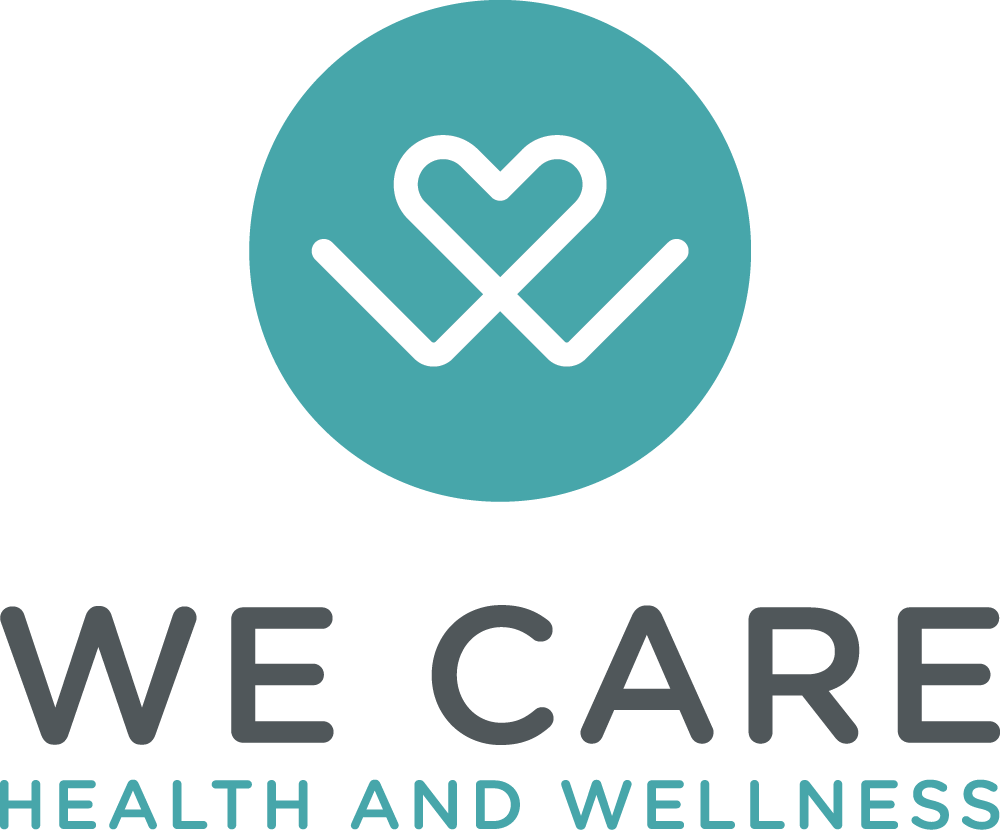Recovery is a journey. It can be physical, emotional, or mental, and it often requires more than just traditional medical treatments. Enter mindful movement yoga recovery. This practice combines mindfulness and yoga, offering a holistic approach to healing.
Mindfulness encourages us to stay present, while yoga promotes physical strength and flexibility. Together, they can aid in the recovery process, providing both physical and mental benefits. Whether you’re a yoga novice or a seasoned practitioner, there’s something here for you.
Understanding Mindful Movement and Its Role in Recovery
Mindful movement involves purposefully moving your body while staying present. It’s not just exercise; it’s an intentional practice.
In recovery, this approach helps individuals reconnect with their bodies. It encourages awareness of physical sensations without judgment.This process promotes healing by fostering a deeper connection with oneself. It helps bridge the gap between the mind and body. Engaging in mindful movement can lead to improved physical health. Additionally, it supports emotional and mental well-being, which is crucial during recovery.
The Healing Power of Mindfulness in Yoga
Mindfulness in yoga involves focusing on the present moment with compassion. It allows individuals to let go of stress and worry. By practicing mindfulness, people often experience reduced anxiety and increased calmness. This mental clarity is vital for recovery.
Mindfulness in yoga enhances the healing process by nurturing self-awareness. It encourages a non-judgmental approach to thoughts and emotions. This practice also supports physical healing by allowing relaxation. When the body is relaxed, it can repair and restore more effectively.
Restorative Yoga: A Gentle Path to Recovery
Restorative yoga focuses on healing through deep relaxation and minimal movement. It uses props like blankets and bolsters. This form of yoga encourages the body to rest and heal. It enhances recovery by relieving tension and stress.
Specific postures in restorative yoga can improve joint health and flexibility. These postures are gentle yet effective for healing. Practicing restorative yoga regularly fosters patience and inner peace. It provides a calm environment for both physical and mental recovery.
Incorporating Mindful Movement into Your Recovery Routine
Integrating mindful movement into your recovery is both rewarding and beneficial. It enhances physical healing and mental wellness.
Start by setting aside time each day for mindfulness practice. This ensures consistency and steady progress.
To make it easier, consider these tips:
- Begin with simple yoga poses
- Focus on breathing techniques
- Listen to your body’s signals
Patience and regular practice are key to incorporating these routines into daily life. Progress at a comfortable pace to avoid overexertion.
The Benefits of Breathwork and Mindful Practice in Healing
Breathwork is crucial in mindful movement. It helps calm the mind and body. Deep breathing techniques promote relaxation and reduce stress. This is vital for healing.
Mindful practice boosts mental clarity and focus. It aids emotional recovery as well. Incorporating breathwork and mindfulness can accelerate the healing process, fostering overall well-being.
Finding Support and Community Through Yoga
Connecting with others is vital for recovery. Yoga fosters a sense of community. Engage in group classes to share experiences. This support can boost motivation. Instructors and fellow practitioners provide guidance and encouragement. Together, they create a nurturing environment.
Incorporating mindful movement enhances recovery and fosters wellness. This approach nurtures both body and mind. Commit to this practice for lasting health benefits. Embrace a journey of growth and healing.





